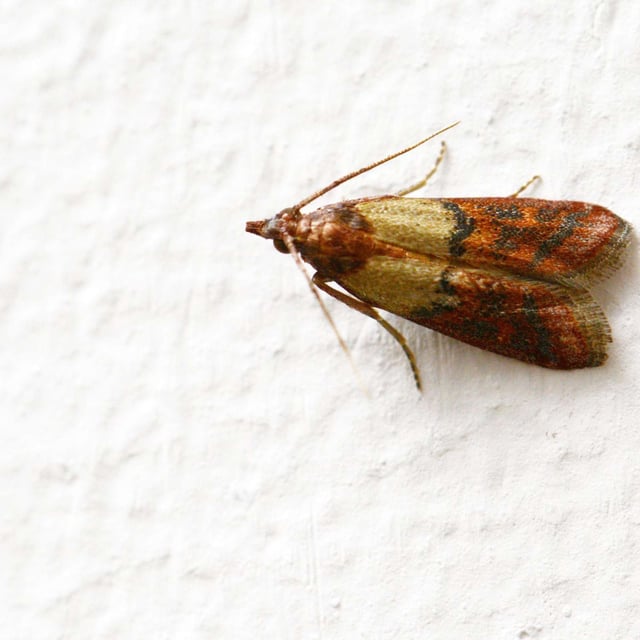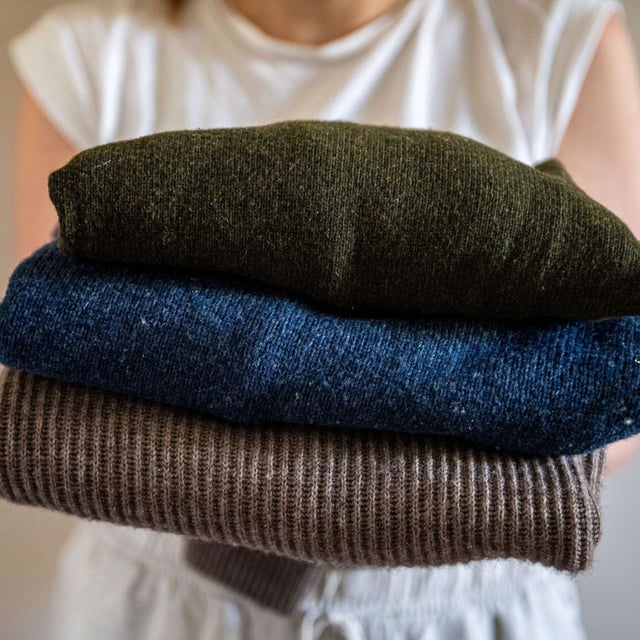Overview
- Clothing moths can be identified by their straw-yellow sheen, fluttering flight and larvae that bore small irregular holes in natural fibers, while pantry moths display darker wing markings and a straight flight pattern in kitchen areas.
- Clothing moth larvae feed on keratin-rich textiles such as wool and silk, whereas pantry moth infestations contaminate foodstuffs and pose allergy and digestive health risks if consumed.
- The UBA recommends biological controls including Schlupfwespen wasps that parasitize moth eggs and pheromone traps laced with female scents to interrupt breeding cycles.
- Storage of seasonal garments in airtight boxes or vacuum-sealed bags, installation of fine mesh screens and regular cleaning of closets and pantries are key preventive measures.
- Chemical insecticides are discouraged due to health hazards, making non-chemical methods the preferred approach for long-term moth management.

